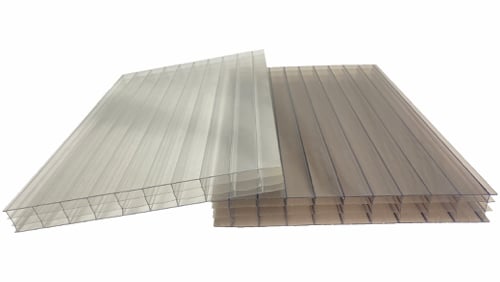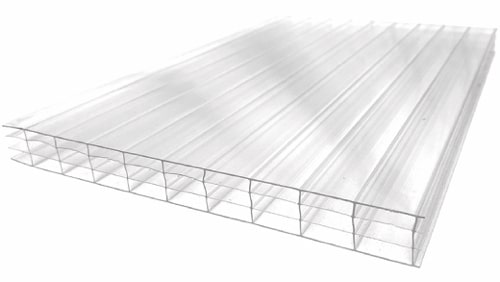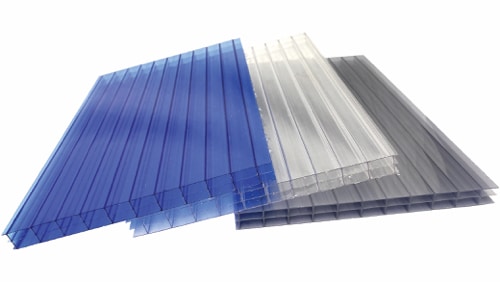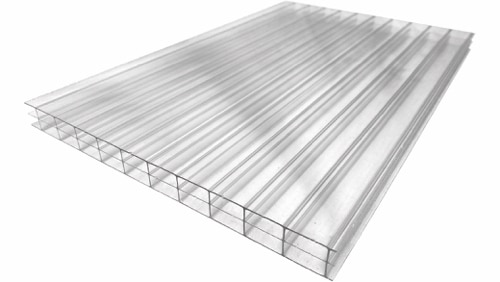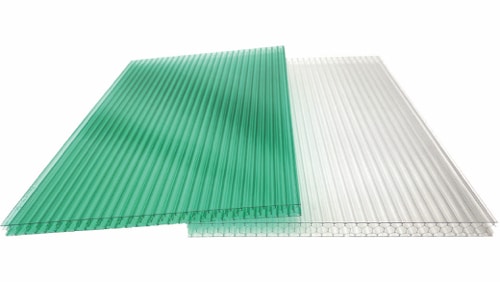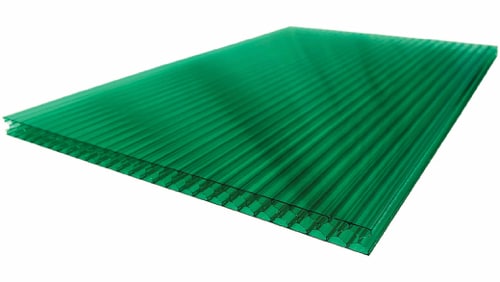Welcome to our guide on how greenhouses work. This article explores the scientific principles and practical applications that make greenhouses effective for growing plants. We’ll delve into the mechanics of thermal radiation, heat exchange, and material efficiency, showing you how these structures create ideal conditions for cultivation. Join us as we uncover the secrets of greenhouse functionality, helping you maximize your gardening success year-round.
What is a Greenhouse?
A greenhouse is a structure, typically made of transparent materials like glass or polycarbonate panels, designed for cultivating plants. It is utilized extensively in commercial agriculture to grow large quantities of crops and by gardening enthusiasts in their own backyards. A greenhouse provides a controlled, warm environment that significantly simplifies the cultivation of fruits and vegetables throughout the year.
Key Physical Principles of Greenhouse Mechanics
At its core, the operation of a greenhouse is governed by basic physical principles—thermal radiation and heat exchange. A greenhouse captures incoming solar energy, converts it into heat, and retains this warm air inside. This process enables gardeners to maintain a consistent temperature, providing an optimal environment for the growth and well-being of various plant species.
Moreover, a greenhouse offers protection against external elements such as wind, hail, or snow, and shields plants from pests like beetles, locusts, and animals that might otherwise harm or consume the vegetation.
How Do Greenhouses Work?
Plants require warm temperatures, ample light, water, air, and essential nutrients to thrive, with specific needs varying among different species. A greenhouse effectively provides the critical light and warmth needed for plant survival, while maintaining the air quality; however, the responsibility for providing water, nutrients, and other necessities for plant growth rests with the gardener.
Here are the five fundamental steps that explain how greenhouses work:
Step 1: Capturing Sunlight
Greenhouses are designed to maximize sunlight capture, primarily using materials that are either transparent or translucent to allow ample light to enter. Materials such as glass have traditionally been used, but increasingly, plastic polycarbonate sheets are becoming a preferred choice due to their numerous advantages.
Polycarbonate sheets are not only durable and resistant to breakage but also provide excellent light transmission comparable to glass. Their lightweight nature makes them easier to handle and install, and they offer better insulation properties, which help maintain a more stable internal temperature within the greenhouse. This efficient design ensures that plants housed within receive the necessary sunlight needed for optimal growth and development. By incorporating polycarbonate sheets, greenhouses can enhance their functionality and effectiveness, supporting plant health and productivity.(Read more: Polycarbonate Properties | A Must-Read PC Material Guide )
Step 2: Conversion of Sunlight to Energy
Within the greenhouse, plants absorb sunlight and convert it into infrared energy or heat. Dark-colored materials within the structure absorb more energy, thus raising the temperature inside, similar to how dark surfaces heat up under the summer sun.
Step 3: Heat Retention
This heat retention is known as the greenhouse effect. As the sunlight is converted into heat, it changes wavelength, making it difficult for the heat to escape through the greenhouse’s walls.
Step 4: Warming the Interior
The trapped heat increases the air temperature inside the greenhouse. Because greenhouses are relatively airtight, this warm air remains inside, maintaining a consistently warm environment over time, akin to the warmth felt in a car parked in direct sunlight.
Step 5: Facilitating Photosynthesis
The adequate light and warmth support photosynthesis, the process by which plants produce nutrients (mainly sugars) from carbon dioxide, sunlight energy, and water. This process not only feeds the plant but also generates oxygen as a byproduct.
Operational Mechanics of Greenhouses
Temperature regulation within a greenhouse is crucial for creating an environment where plants can thrive throughout various seasons. This process relies on the unique property of greenhouses to trap and store heat derived from sunlight, known as the greenhouse effect. During the day, sunlight penetrates the greenhouse through its transparent or translucent materials and is converted into heat as it hits surfaces like soil, plants, and greenhouse structures.
This heat is not only absorbed by these surfaces but also warms the air inside the greenhouse. At night, or during cooler weather, the heat stored in these elements is slowly released, maintaining a warmer internal climate than the external environment. This natural regulation can be enhanced with the use of thermal mass, such as water barrels or concrete floors, which absorb heat during the day and release it at night.
Advanced greenhouses often incorporate technology such as automated shade cloths to reduce excessive heat or thermal screens and heating systems to maintain optimal temperatures during colder periods. Ventilation systems also play a crucial role by letting in fresh air and letting out excess humidity and heat, thus stabilizing the internal temperature.
Advantages of Material Choices for Greenhouse
The choice of materials for constructing a greenhouse significantly impacts its efficiency and functionality. Common materials include glass, polycarbonate, and polyethylene film, each with its unique properties and benefits:
Glass:
Renowned for its long-lasting durability and excellent clarity, glass provides high light transmission, which is crucial for plant growth. It also has a substantial aesthetic appeal. However, glass is prone to breakage and typically offers less insulation compared to other materials
Polycarbonate:
This material is gaining popularity due to its lightweight nature, impact resistance, and good insulative properties. Polycarbonate sheets can either be clear or have a diffused, frosted appearance that helps distribute light more evenly and prevents plant burn. They are easier to install and maintain than glass and often come with UV-resistant coatings to extend their lifespan and protect the plants.
(Read more: Polycarbonate Greenhouse: The Benefits of Pearly Technology)
Polyethylene Film:
As the most cost-effective option, polyethylene film is ideal for larger, commercial greenhouses or for seasonal use. It allows for good light transmission and can be replaced easily if damaged. However, it generally has a shorter lifespan than glass or polycarbonate and provides minimal insulation.
Choosing the right material depends on several factors, including the local climate, the types of plants being grown, budget constraints, and the desired longevity of the greenhouse. Each material can influence the internal environment’s temperature, light levels, and overall plant health, making material selection a critical decision in greenhouse design.
The Final Word on How Greenhouses Operate
Understanding how greenhouses work equips gardeners and agriculturalists with the knowledge needed to optimize their plant cultivation environments. By mastering the principles of thermal radiation, heat exchange, and the effective use of greenhouse materials, you can create a stable, productive environment for a diverse range of plants.
This article has explored the mechanisms that make greenhouses an invaluable tool in modern horticulture—from regulating temperature and protecting plants from the elements to enhancing growth through controlled conditions. Armed with this insight, you can now fully utilize your greenhouse, ensuring it functions efficiently throughout the year and contributes significantly to your gardening success.
Related articles:
How to Fix Polycarbonate Sheet?The Complete Guide
Polycarbonate Properties | A Must-Read PC Material Guide
Polycarbonate Roofing Design : When Functionality Meets Style

